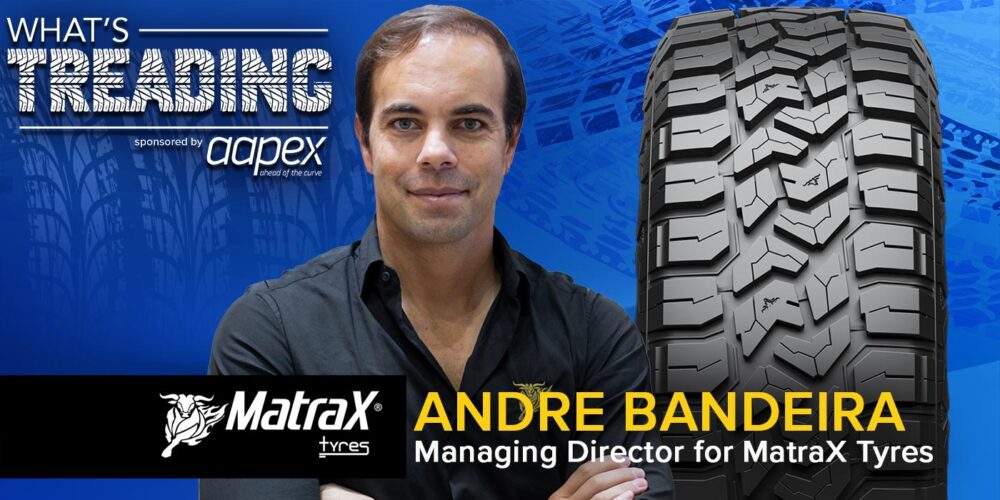Nearly every aspect of the tire tread has the potential for customization to match specific driving conditions. Let’s talk about why recognizing the connection between tread design and tire traction, particularly in unique driving scenarios, is beneficial when telling customers about distinctions between tire performance.
Even though tires might all look the same to some customers, you should distinguish the differences between them, specifically with how tread design works to improve the driver experience. Take all-season and all-weather tires for example – these may be appropriate for many drivers across the country year-round, but in some climates, winter tires are the more appropriate recommendation.
If a customer is hesitant to spend money on something specialized like a winter tire, you should explain the unique characteristics of winter tire tread design and how it translates to better traction on snow-covered roads.
Winter traction relies on the abundance and density of biting edges in the tread that can grab the snow. The contact area is decreased, all lateral structures are maximized, tie bars are minimized and the tread compound is designed for improvements in snow and ice traction.
Compare that to tread designs for wet conditions. A tire optimized for wet traction is designed to evacuate water from the footprint area as quickly as possible. That means the tread depth is increased; the size and quantity of void areas are maximized; circumferential grooves are made larger; tie bars are minimized and the tread compound is optimized or developed for wet traction performance.
As for dry conditions, a tire optimized for dry traction will be designed to maintain contact with the road surface while the tire rotates. Tires made specifically for these conditions have an increased contact area of the tread while void areas, such as grooves, slots, and sipes, are decreased. The tie bar is maximized, the tread depth is decreased and the tread compound is optimized for dry traction.
By explaining how tire traction and tread design work to fit the specific needs of tires to customers, they will come away with a greater understanding of the tire’s value and probably end up trusting you more, which could mean a repeat customer for life.
Don’t forget to follow us on Instagram and Facebook and subscribe to our YouTube channel for more tire, service and shop operations videos.













